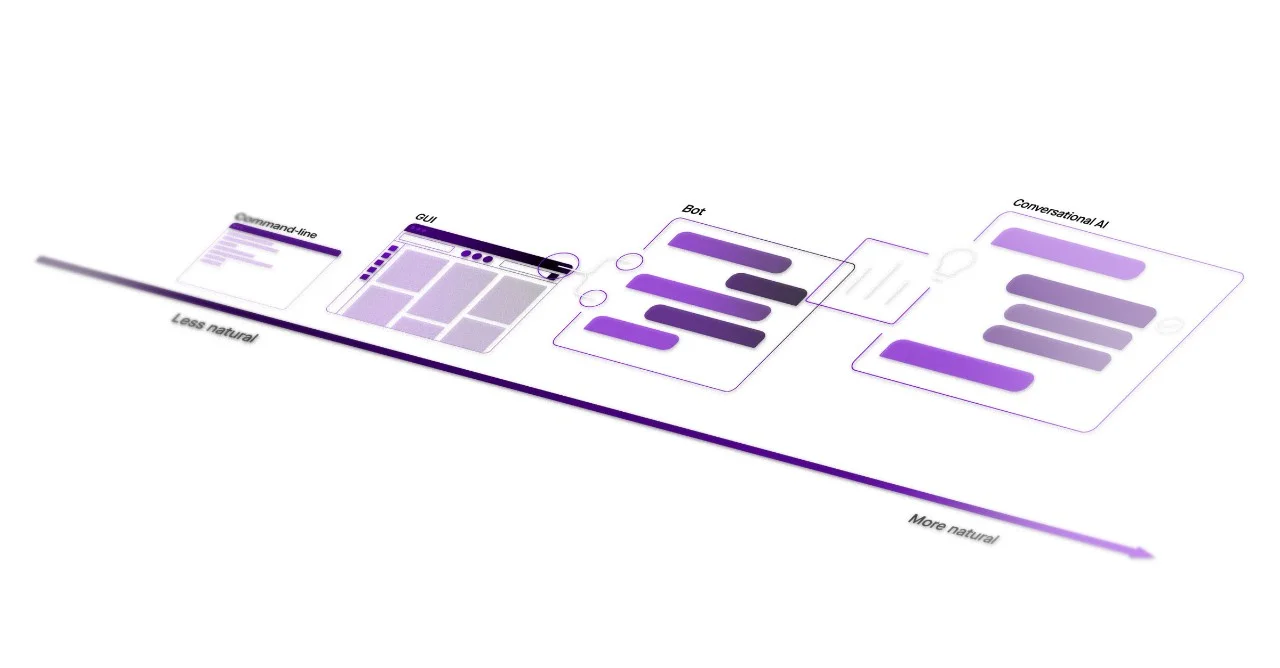- Text 1
How does a probabilistic model work?
Unlike deterministic models that follow definitive rules, probabilistic models make decisions based on likelihoods and probabilities. They incorporate randomness and uncertainty into their predictions and classifications.
Probabilistic models assign different probabilities or weights to all potential outcomes. For example, a model predicting tomorrow's weather may conclude there is a 70% chance of sun, 20% chance of rain, and 10% chance of clouds based on current conditions and historical data.
These models calculate probabilities through statistical inference. As they process more data, the models update their internal probability estimates using techniques like Bayesian inference. This allows them to become more certain about some outcomes and less certain about others.
Probabilistic models have clear advantages for complex real-world tasks:
They can account for inherent uncertainties and unpredictability. Not everything can be boiled down to simple cause-and-effect rules.
They can adapt as new, unexpected data emerges rather than being constrained by pre-set programming.
They produce richer outputs conveying the degree of certainty and risks associated with different decisions.
Applications like autonomous vehicles, fraud detection, medical diagnosis, and predictive maintenance all leverage probabilistic models. The ability to weigh likelihoods rather than just following strict binary rules enables more nuanced, human-like decision making. Combining probabilistic and deterministic techniques allows AI systems to balance robust logic with adaptability.
Why are probabilistic models important?
Probabilistic models are crucial for enabling AI systems to handle real-world complexity and uncertainty. Unlike deterministic models that rely on predefined rules, probabilistic models can analyze probabilities and account for unpredictability. This allows them to process messy, high-dimensional data and still make reasonable predictions and decisions.
Probabilistic models can continuously update their internal probability estimates as new data emerges. This adaptation means the systems keep getting smarter. Probabilistic techniques empower AI with more nuanced decision-making that provides indications of confidence levels rather than just binary outputs. By incorporating uncertainty, these versatile models enable more flexible, human-like intelligence. Probabilistic modeling brings AI systems closer to generalized problem-solving capabilities.
Why probabilistic models matter for companies
Probabilistic models can provide a critical framework for addressing complex, real-world challenges that involve uncertainty and variability. In many business applications, deterministic models fall short as they cannot account for all the intricacies and unpredictabilities of the modern marketplace.
Probabilistic models enable companies to make informed decisions by quantifying and managing risks effectively. Whether it's optimizing supply chain logistics, assessing investment opportunities, or predicting customer behavior, these models provide a more comprehensive understanding of potential outcomes and their associated probabilities.
In areas like finance, healthcare, and insurance, probabilistic models are indispensable for assessing risks, determining pricing strategies, and optimizing resource allocation. They empower companies to navigate complex and uncertain environments with greater confidence, ultimately contributing to improved competitiveness and resilience in today's volatile business landscape.


